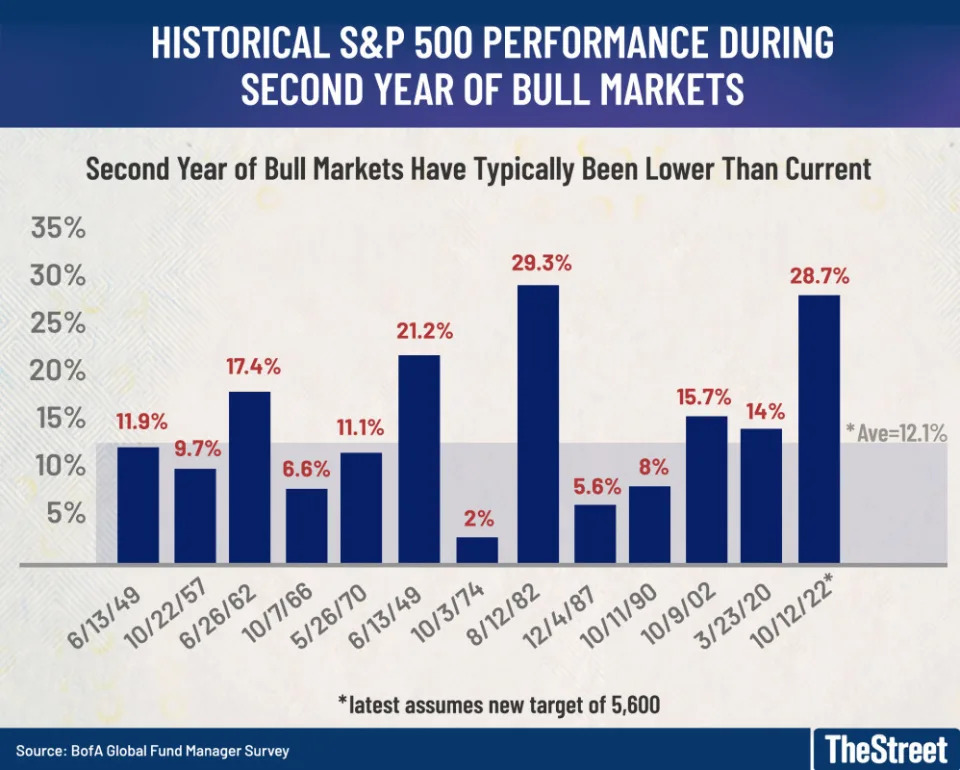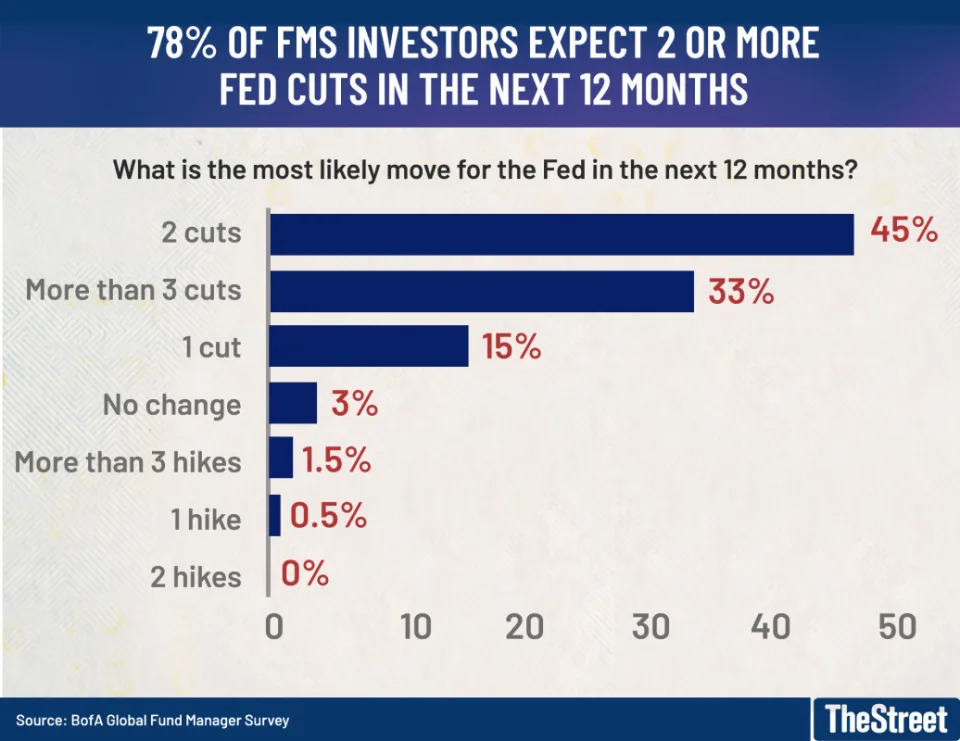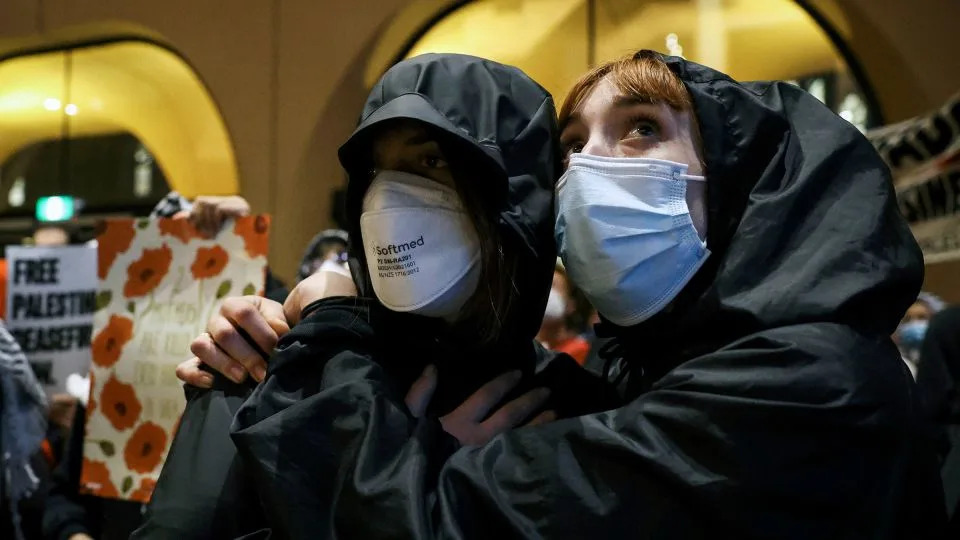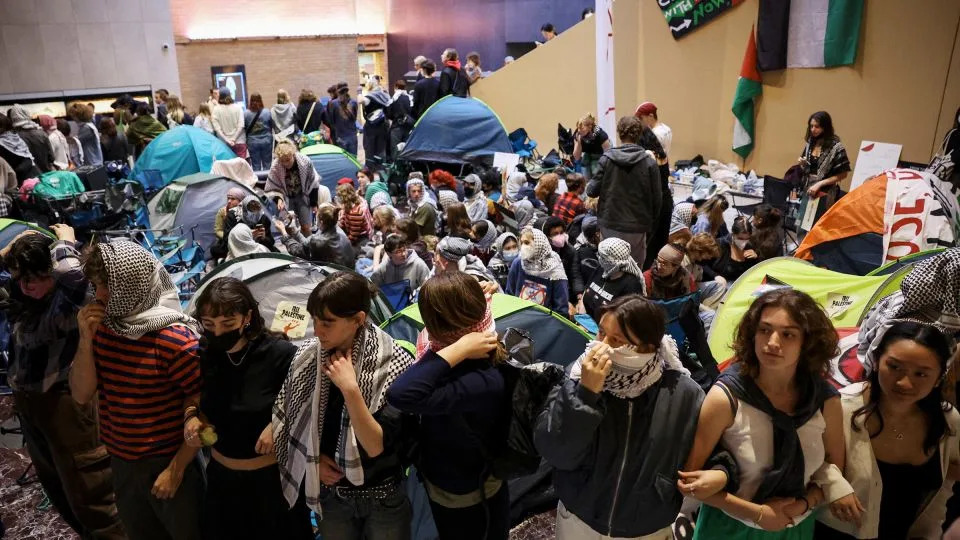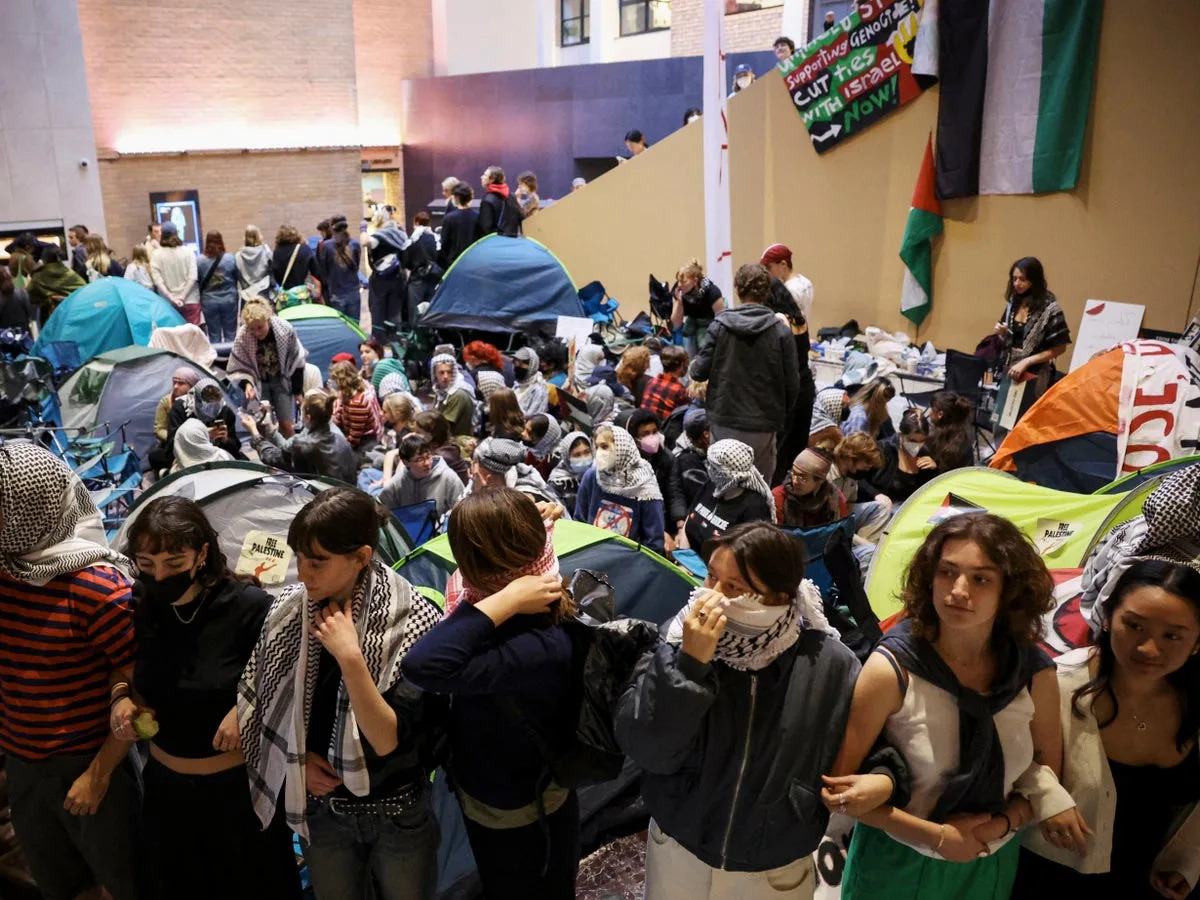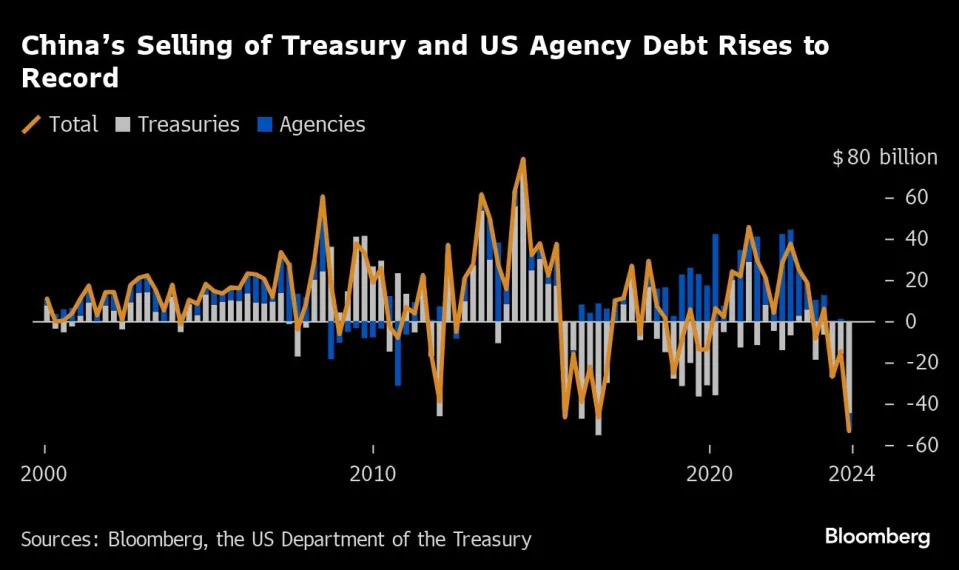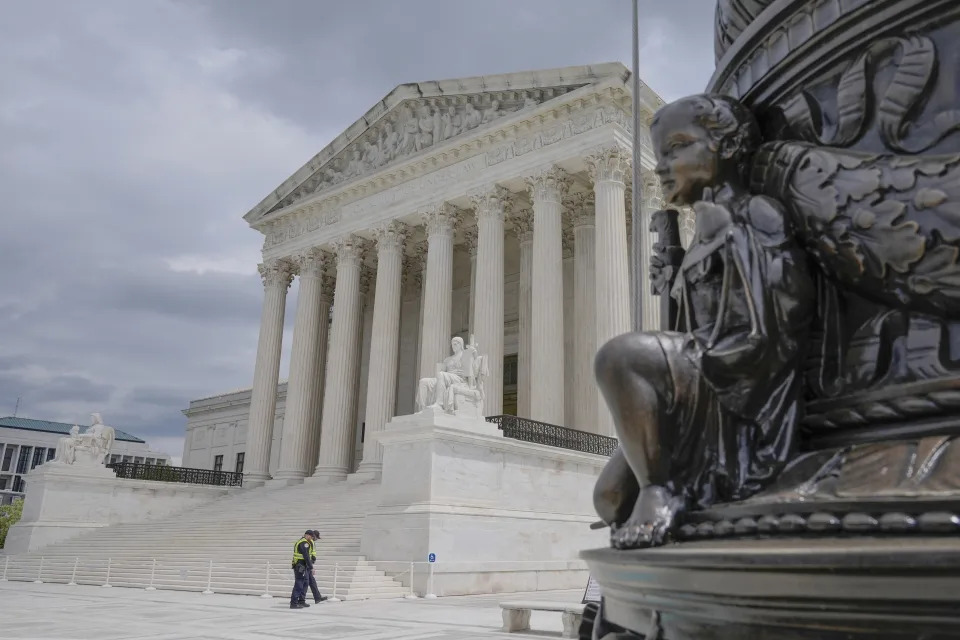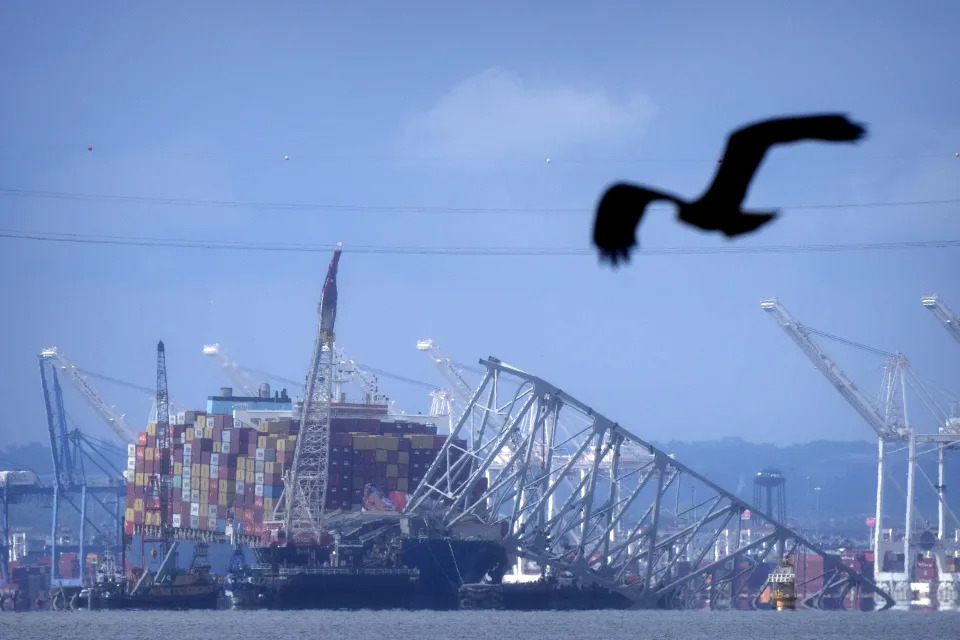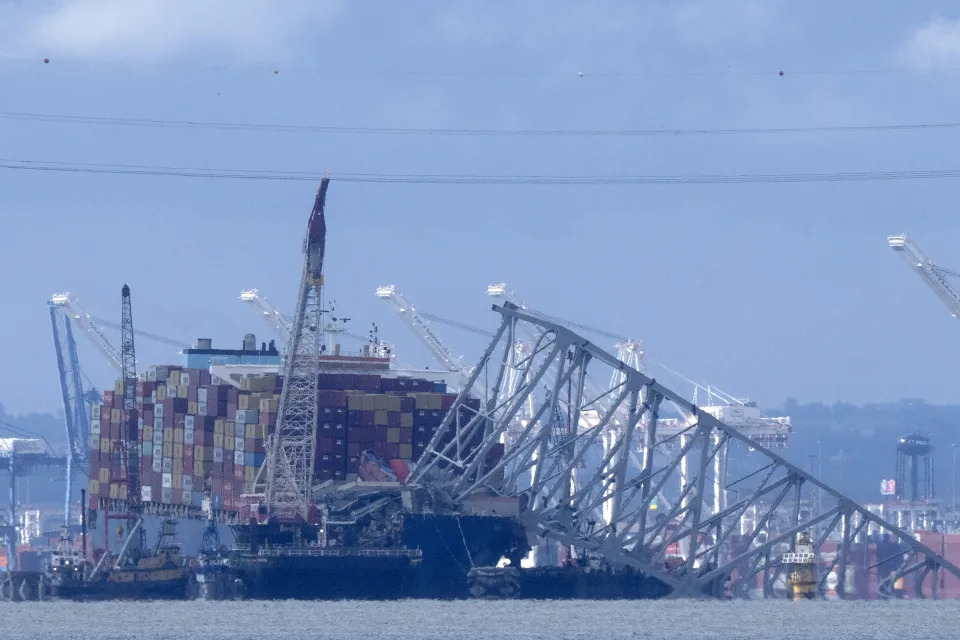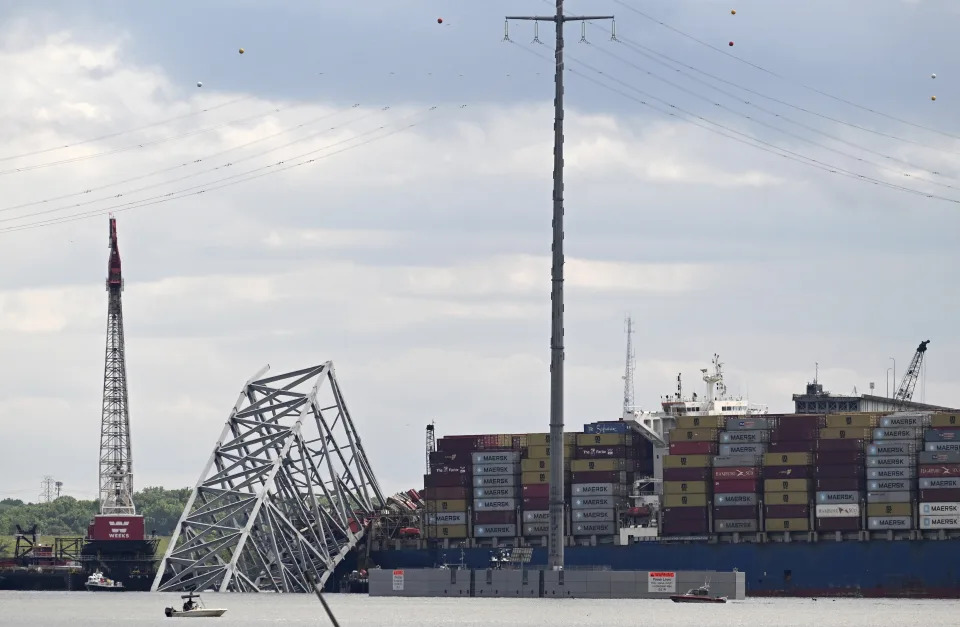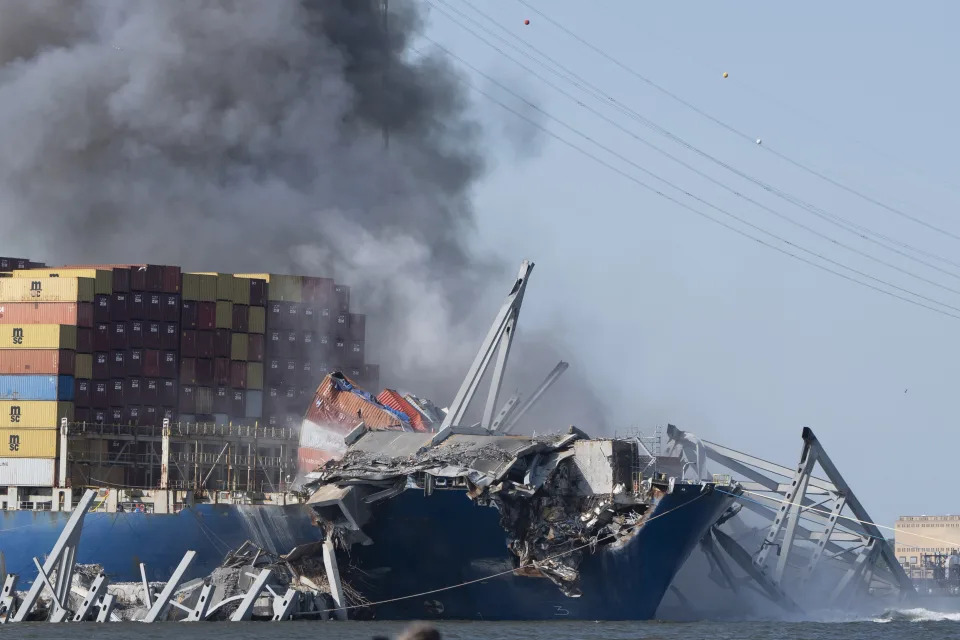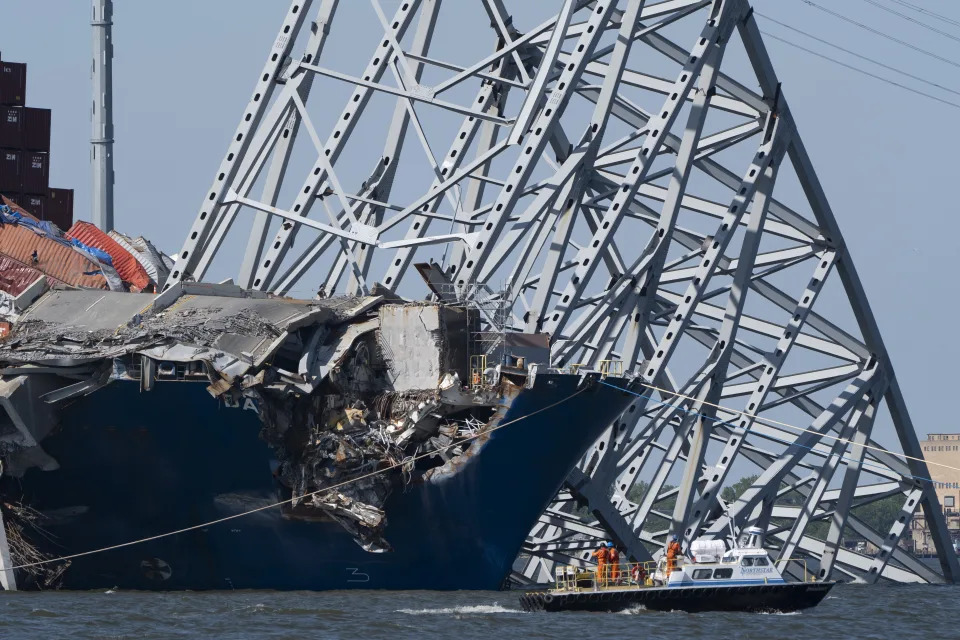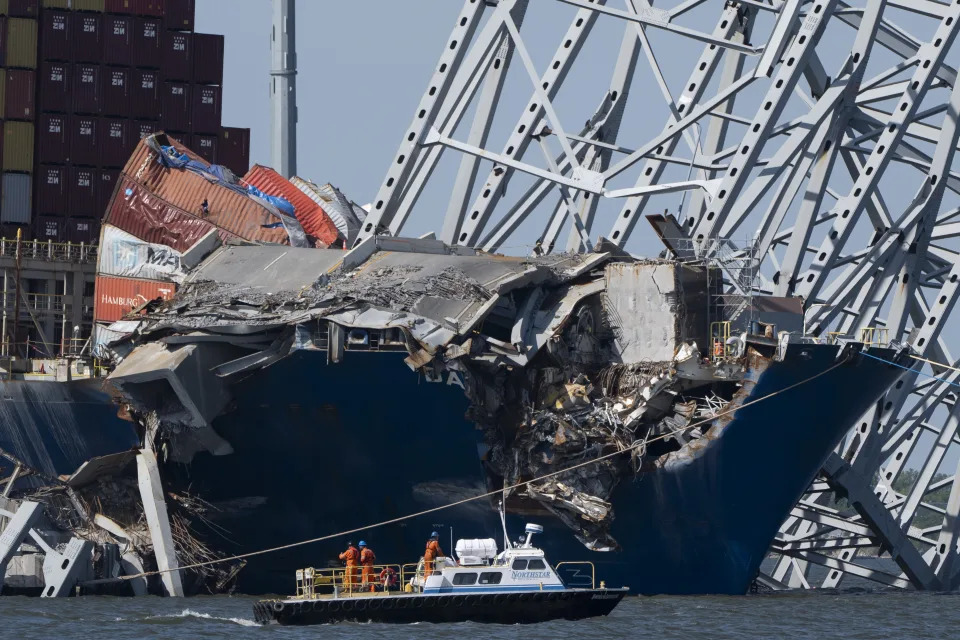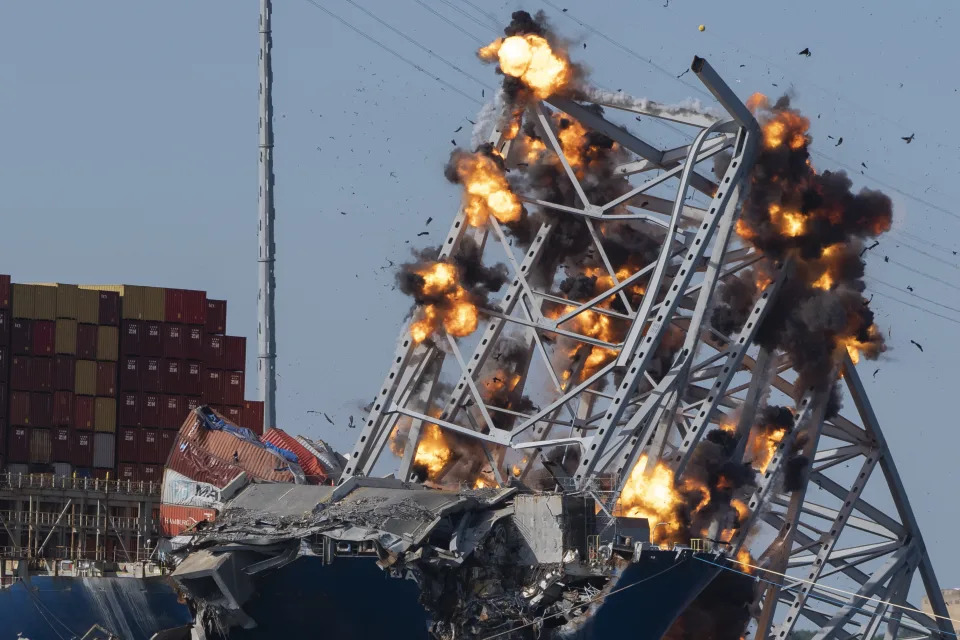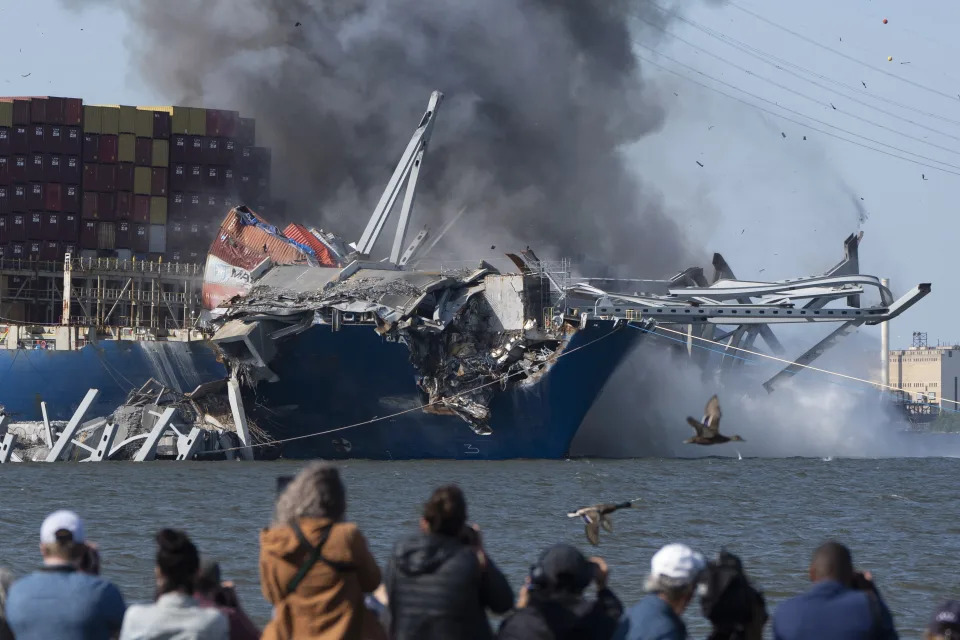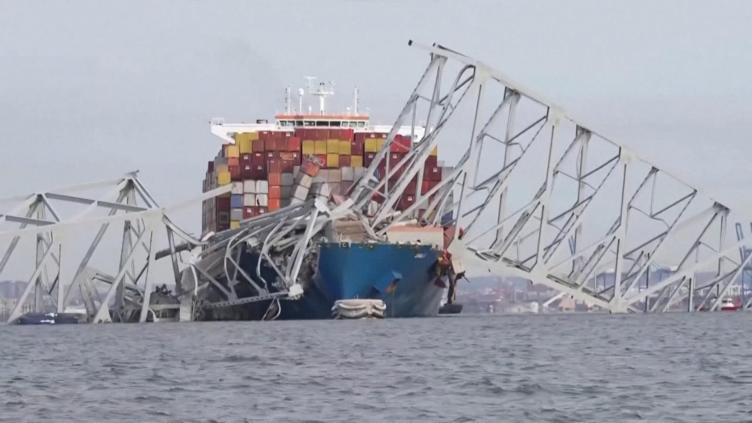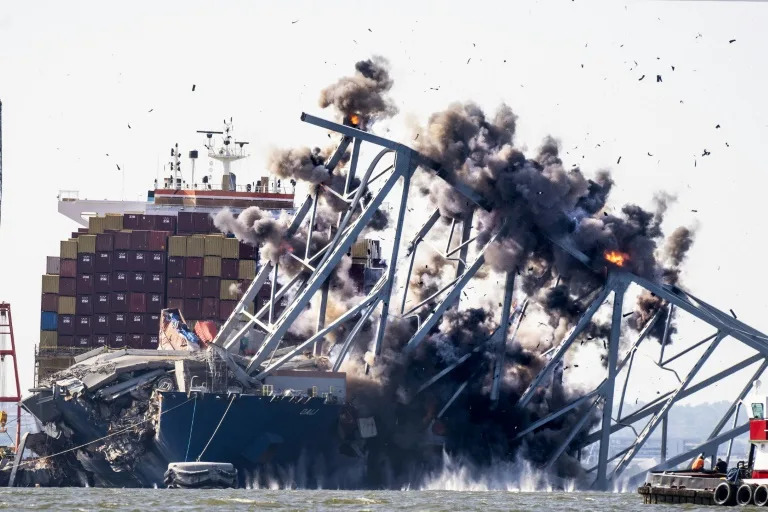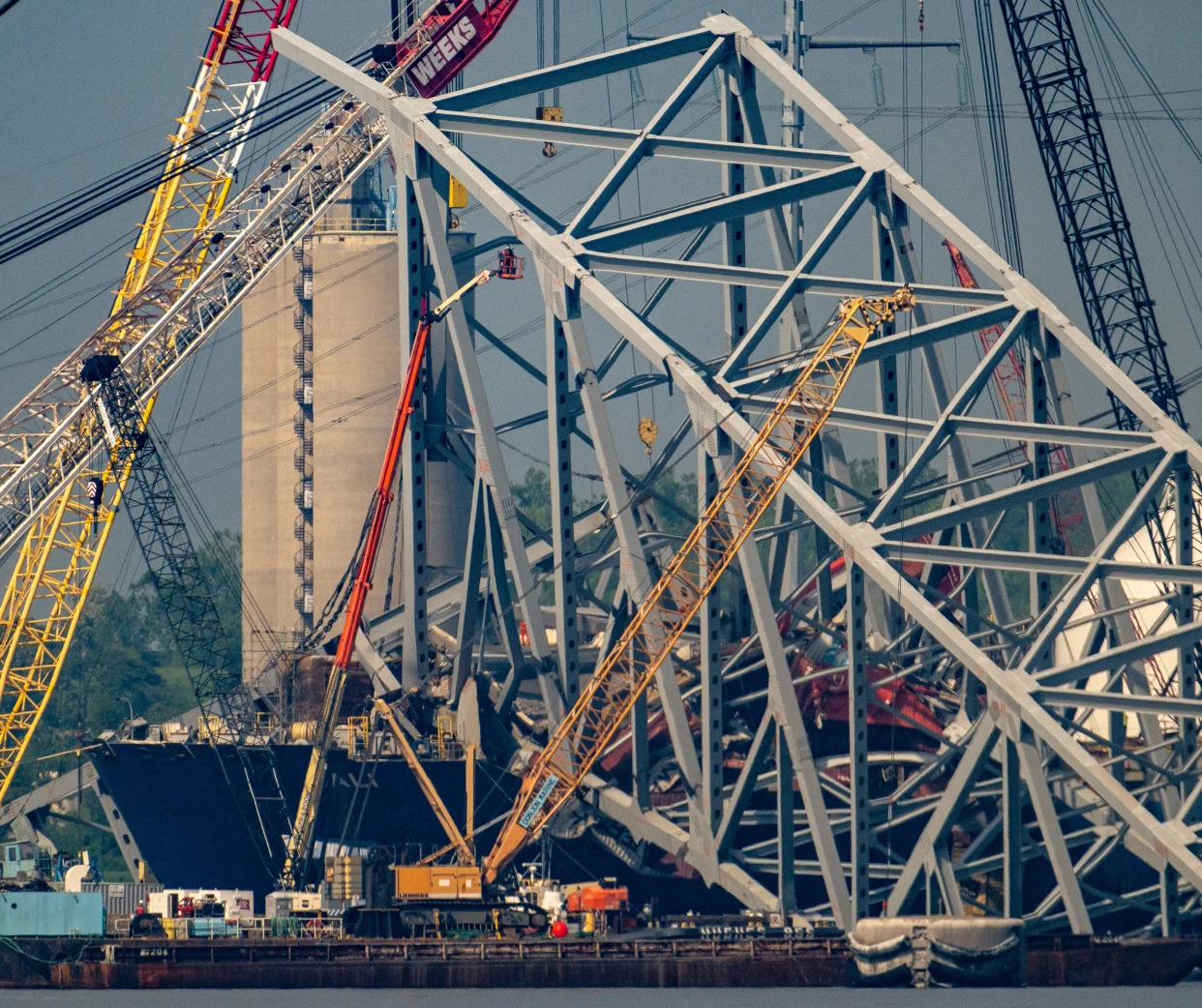JOHN O'CONNOR
Thu, May 16, 2024

Cook County, Ill., Sheriff Tom Dart speaks on Nov. 13, 2023, in Maywood, Ill. In Illinois, there are 110,000 people banned from owning guns because of legal run-ins or mental health issues. And three-quarters of them have not surrendered their firearms, according to data Dart will present Thursday, May 16, 2024, in seeking a more robust effort to collect them.
SPRINGFIELD, Ill. (AP) — In Illinois, 114,000 people are banned from owning guns because of legal tangles or mental health issues — three-quarters of them haven't surrendered their firearms, according to data the Cook County sheriff will present Thursday.
Sheriff Tom Dart is seeking $10 million from state lawmakers to tackle what he calls in naming the report “A Firearm Regulation Crisis." The money would train and equip more door-knocking officers to retrieve or ensure the safe storage of weapons from those who have had their state Firearm Owners Identification cards rescinded.
The aim would be reducing the chance potentially volatile people would exhibit the type of violence seen when a shooter who wasn't allowed to own a firearm carried out a massacre at Henry Pratt Co. in a Chicago suburb.
Otherwise, the menace of revocations of FOID cards from noncompliant gun owners will spiral beyond law enforcement’s control, the Democratic sheriff told The Associated Press in releasing the report in advance. Dart scheduled a news conference Thursday morning to release his findings.
“I wish I was making this up. I wish I had someone pull my argument apart and say, ’You’re exaggerating. You’re being dramatic,'” the Dart told the AP in an interview Wednesday. “No. Do the math. At this rate, two years from now, we’re going to have 100,000 revoked FOID card owners, and there will be no contact with them to ensure they’ve had their guns properly dealt with.”
Legislation pending in Springfield would increase fees on weapons purchases to fuel enforcement, but just two weeks remain in the spring legislative session.
There are 2.42 million FOID card holders in Illinois. They are rescinded when a gun owner is convicted of a felony, is the subject of an order of protection, is dealing with other mental health or cognitive issues, or is deemed a “clear and present danger” to themselves or others by police, school administrators, or medical professionals. Notified gun owners are required to turn over their weapons for storage or transfer them to a trusted person possessing a FOID card, an action certified with the completion of a Firearm Disposition Record.
Too many don't. Historically, the approach was for local law enforcement to repeatedly send letters informing the recipient of the obligation to do so.
Dart's report found that of nearly 114,000 repealed FOID card holders, 74% — approximately 84,000 — have never accounted for surrendering weapons.
The issue came to a bloody, devastating head in February 2019 when a man dismissed from his job at the Henry Pratt Co. in Aurora pulled and fired a gun he wasn’t allowed to have, killing five employees and wounding half-a-dozen others. The gunman bought the weapon in 2014 when a background check failed to identify a 1995 conviction for aggravated assault in Mississippi. When authorities became aware of it, they revoked the man’s FOID, but he never surrendered the weapon.
The same year, a DuPage County man whose FOID had been revoked for an aggravated battery charge but who had not turned over any weapons shot and killed his 18-month-old son, then himself, Dart's report notes.
Dart's efforts in the area predate the Aurora incident. He formed a unit in 2013 of eight officers trained to deal with tense environments, including those involving mental illnesses. His staff says the office has closed 9,200 cases, collected 4,000 FOID cards, taken 1,517 weapons for storage and allowed the safe transfer of several thousands of other weapons.
“It isn’t like trying to draw some type of conclusion and be a mind reader on who’s about to commit an offense,” Dart said. “We literally have the name and address of someone who has a gun and shouldn’t have it.”
Legislation signed in 2021 created a program for funding revocation enforcement teams. The Illinois State Police has granted local police departments — including Dart's and the Chicago city police — about $1 million a year.
Illinois State Police started tracking revocation enforcement in May 2019 and through 2022 reported bringing 4,300 people into compliance with the law.
Despite recent efforts, the backlog hasn't changed since state police reported it in the days following the Aurora disaster.
Dart has a sympathetic ear in the capital, and one particularly sensitive to the subject. Rep. Bob Morgan, a Democrat from the Chicago suburb of Deerfield, was marching with constituents in Highland Park's 2022 July 4th parade when a gunman opened fire, killing seven and wounding at least 30.
Morgan's proposal would increase the $2 fee on firearm purchases or transfers to $10, with $4 of that earmarked for the Illinois State Police's revocation enforcement fund. Morgan said the legislation has yet to be reviewed by the House task force on firearms.
Despite the steep increase in the transfer charge, Morgan said many states charge more than Illinois, from $15 in New Jersey to $25 in Nevada.
“We just have tens of thousands of these weapons that are floating out there from people who have had their FOID card legally and finally revoked,” Morgan said. “We need to do better.”



